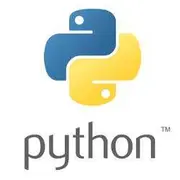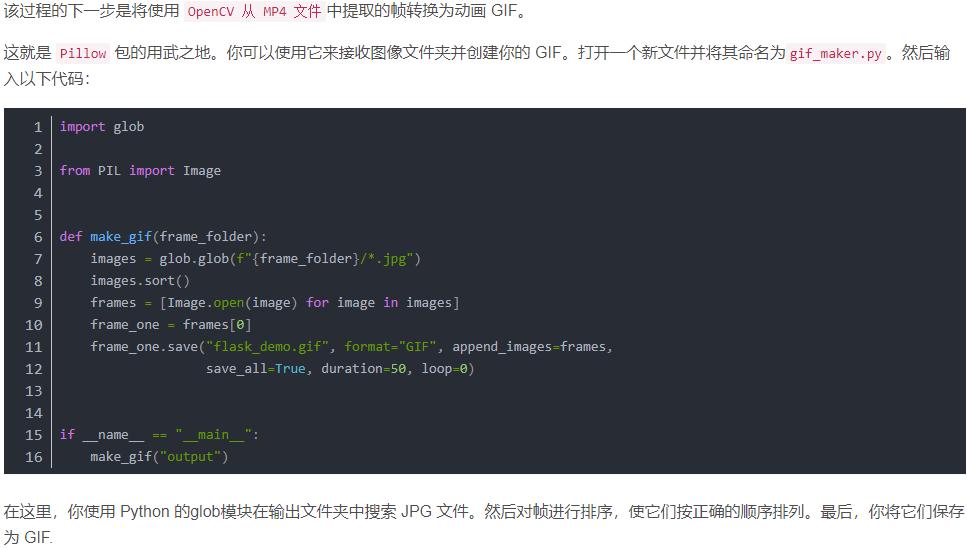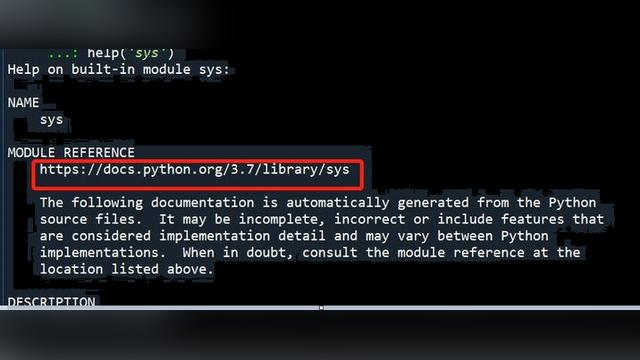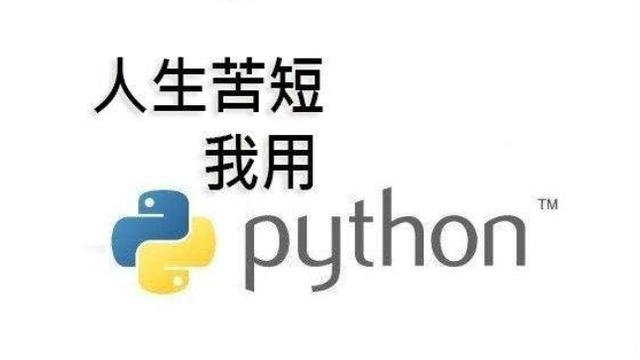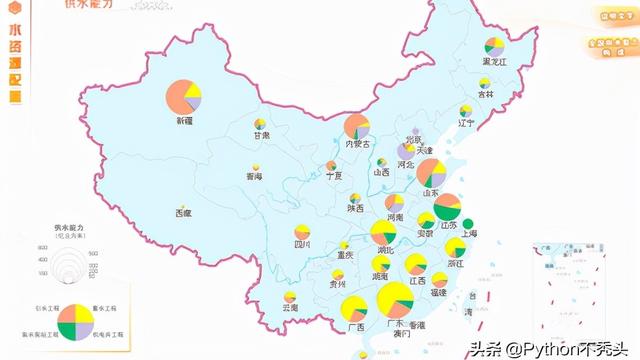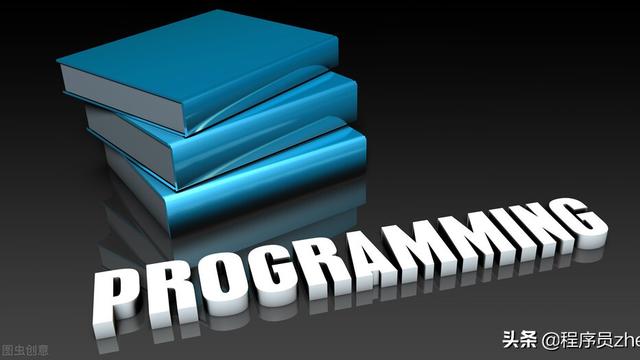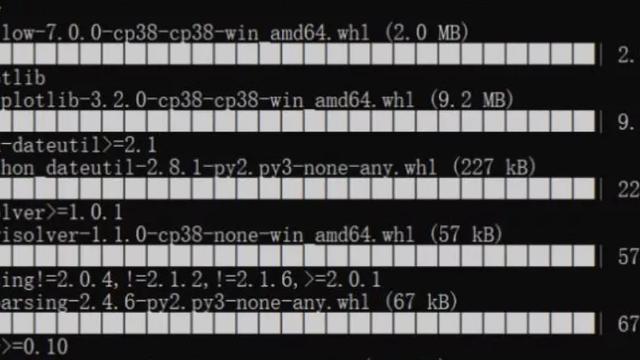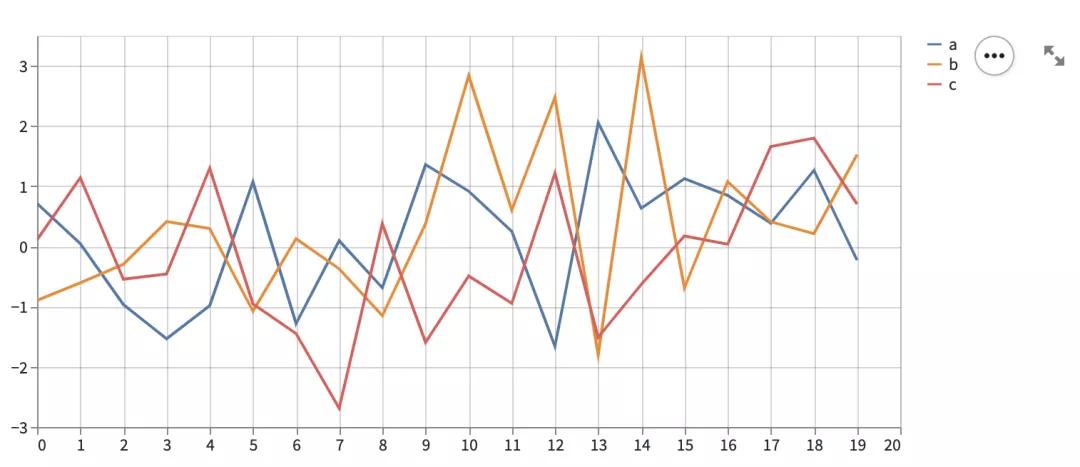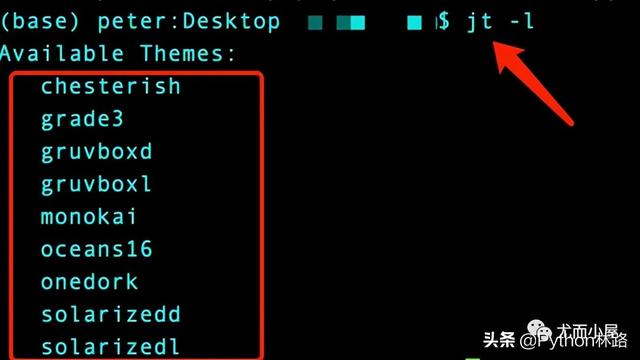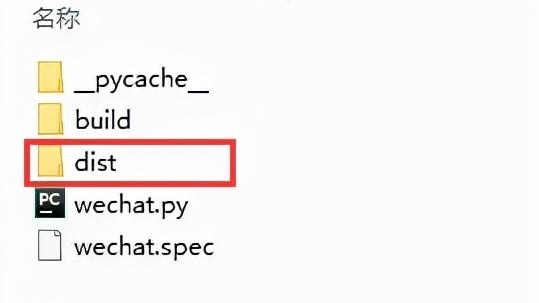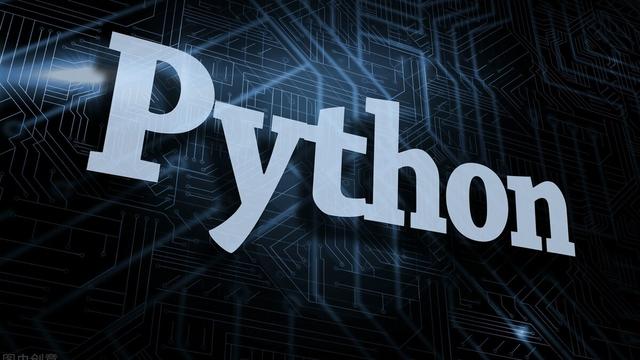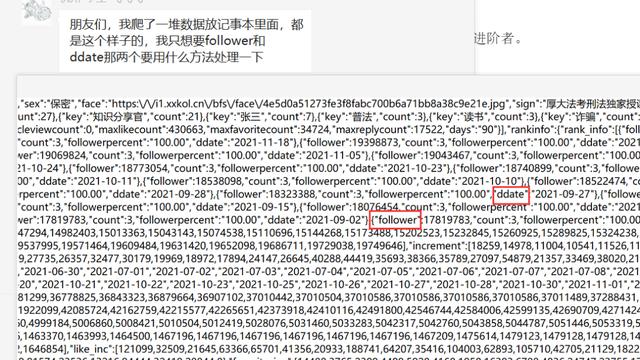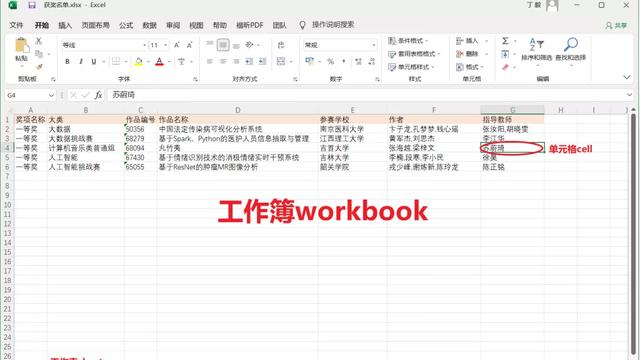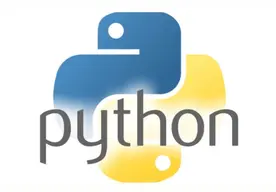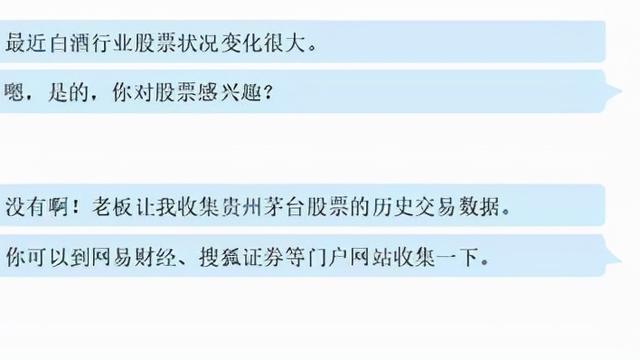30段极简Python代码:这些小技巧你都Get了么
选自towardsdatascience
作者:Fatos Morina
机器之心编译
参与:思源
学 Python 怎样才最快,当然是实战各种小项目,只有自己去想与写,才记得住规则。本文是 30 个极简任务,初学者可以尝试着自己实现;本文同样也是 30 段代码,Python 开发者也可以看看是不是有没想到的用法。

Python 是机器学习最广泛采用的编程语言,它最重要的优势在于编程的易用性。如果读者对基本的 Python 语法已经有一些了解,那么这篇文章可能会给你一些启发。作者简单概览了 30 段代码,它们都是平常非常实用的技巧,我们只要花几分钟就能从头到尾浏览一遍。
1. 重复元素判定
以下方法可以检查给定列表是不是存在重复元素,它会使用 set() 函数来移除所有重复元素。
def all_unique(lst): return len(lst) == len(set(lst)) x = [1,1,2,2,3,2,3,4,5,6] y = [1,2,3,4,5] all_unique(x) # False all_unique(y) # True
2. 字符元素组成判定
检查两个字符串的组成元素是不是一样的。
from collections import Counter
def anagram(first, second):
return Counter(first) == Counter(second)
anagram("abcd3", "3acdb") # True
3. 内存占用
下面的代码块可以检查变量 variable 所占用的内存。
import sys variable = 30 print(sys.getsizeof(variable)) # 24
4. 字节占用
下面的代码块可以检查字符串占用的字节数。
def byte_size(string):
return(len(string.encode('utf-8')))
byte_size('') # 4
byte_size('Hello World') # 11
5. 打印 N 次字符串
该代码块不需要循环语句就能打印 N 次字符串。
n = 2; s ="Programming"; print(s * n); # ProgrammingProgramming
6. 大写第一个字母
以下代码块会使用 title() 方法,从而大写字符串中每一个单词的首字母。
s = "programming is awesome" print(s.title()) # Programming Is Awesome
7. 分块
给定具体的大小,定义一个函数以按照这个大小切割列表。
from math import ceil def chunk(lst, size): return list( map(lambda x: lst[x * size:x * size + size], list(range(0, ceil(len(lst) / size))))) chunk([1,2,3,4,5],2) # [[1,2],[3,4],5]
8. 压缩
这个方法可以将布尔型的值去掉,例如(False,None,0,“”),它使用 filter() 函数。
def compact(lst): return list(filter(bool, lst)) compact([0, 1, False, 2, '', 3, 'a', 's', 34]) # [ 1, 2, 3, 'a', 's', 34 ]
9. 解包
如下代码段可以将打包好的成对列表解开成两组不同的元组。
array = [['a', 'b'], ['c', 'd'], ['e', 'f']]
transposed = zip(*array)
print(transposed)
# [('a', 'c', 'e'), ('b', 'd', 'f')]
10. 链式对比
我们可以在一行代码中使用不同的运算符对比多个不同的元素。
a = 3 print( 2 < a < 8) # True print(1 == a < 2) # False
11. 逗号连接
下面的代码可以将列表连接成单个字符串,且每一个元素间的分隔方式设置为了逗号。
hobbies = ["basketball", "football", "swimming"]
print("My hobbies are: " + ", ".join(hobbies))
# My hobbies are: basketball, football, swimming
12. 元音统计
以下方法将统计字符串中的元音 (‘a’, ‘e’, ‘i’, ‘o’, ‘u’) 的个数,它是通过正则表达式做的。
import re
def count_vowels(str):
return len(len(re.findall(r'[aeiou]', str, re.IGNORECASE)))
count_vowels('foobar') # 3
count_vowels('gym') # 0
13. 首字母小写
如下方法将令给定字符串的第一个字符统一为小写。
def decapitalize(string):
return str[:1].lower() + str[1:]
decapitalize('FooBar') # 'fooBar'
decapitalize('FooBar') # 'fooBar'
14. 展开列表
该方法将通过递归的方式将列表的嵌套展开为单个列表。
def spread(arg): ret = [] for i in arg: if isinstance(i, list): ret.extend(i) else: ret.Append(i) return ret def deep_flatten(lst): result = [] result.extend( spread(list(map(lambda x: deep_flatten(x) if type(x) == list else x, lst)))) return result deep_flatten([1, [2], [[3], 4], 5]) # [1,2,3,4,5]
15. 列表的差
该方法将返回第一个列表的元素,其不在第二个列表内。如果同时要反馈第二个列表独有的元素,还需要加一句 set_b.difference(set_a)。
def difference(a, b): set_a = set(a) set_b = set(b) comparison = set_a.difference(set_b) return list(comparison) difference([1,2,3], [1,2,4]) # [3]
16. 通过函数取差
如下方法首先会应用一个给定的函数,然后再返回应用函数后结果有差别的列表元素。
def difference_by(a, b, fn):
b = set(map(fn, b))
return [item for item in a if fn(item) not in b]
from math import floor
difference_by([2.1, 1.2], [2.3, 3.4],floor) # [1.2]
difference_by([{ 'x': 2 }, { 'x': 1 }], [{ 'x': 1 }], lambda v : v['x'])
# [ { x: 2 } ]
17. 链式函数调用
你可以在一行代码内调用多个函数。
def add(a, b): return a + b def subtract(a, b): return a - b a, b = 4, 5 print((subtract if a > b else add)(a, b)) # 9
18. 检查重复项
如下代码将检查两个列表是不是有重复项。
def has_duplicates(lst): return len(lst) != len(set(lst)) x = [1,2,3,4,5,5] y = [1,2,3,4,5] has_duplicates(x) # True has_duplicates(y) # False
19. 合并两个字典
下面的方法将用于合并两个字典。
def merge_two_dicts(a, b):
c = a.copy() # make a copy of a
c.update(b) # modify keys and values of a with the ones from b
return c
a = { 'x': 1, 'y': 2}
b = { 'y': 3, 'z': 4}
print(merge_two_dicts(a, b))
# {'y': 3, 'x': 1, 'z': 4}
在 Python 3.5 或更高版本中,我们也可以用以下方式合并字典:
def merge_dictionaries(a, b)
return {**a, **b}
a = { 'x': 1, 'y': 2}
b = { 'y': 3, 'z': 4}
print(merge_dictionaries(a, b))
# {'y': 3, 'x': 1, 'z': 4}
20. 将两个列表转化为字典
如下方法将会把两个列表转化为单个字典。
def to_dictionary(keys, values):
return dict(zip(keys, values))
keys = ["a", "b", "c"]
values = [2, 3, 4]
print(to_dictionary(keys, values))
# {'a': 2, 'c': 4, 'b': 3}
21. 使用枚举
我们常用 For 循环来遍历某个列表,同样我们也能枚举列表的索引与值。
list = ["a", "b", "c", "d"]
for index, element in enumerate(list):
print("Value", element, "Index ", index, )
# ('Value', 'a', 'Index ', 0)
# ('Value', 'b', 'Index ', 1)
#('Value', 'c', 'Index ', 2)
# ('Value', 'd', 'Index ', 3)
22. 执行时间
如下代码块可以用来计算执行特定代码所花费的时间。
import time
start_time = time.time()
a = 1
b = 2
c = a + b
print(c) #3
end_time = time.time()
total_time = end_time - start_time
print("Time: ", total_time)
# ('Time: ', 1.1205673217773438e-05)
23.Try else
我们在使用 try/except 语句的时候也可以加一个 else 子句,如果没有触发错误的话,这个子句就会被运行。
try:
2*3
except TypeError:
print("An exception was raised")
else:
print("Thank God, no exceptions were raised.")
#Thank God, no exceptions were raised.
24. 元素频率
下面的方法会根据元素频率取列表中最常见的元素。
def most_frequent(list): return max(set(list), key = list.count) list = [1,2,1,2,3,2,1,4,2] most_frequent(list)
25. 回文序列
以下方法会检查给定的字符串是不是回文序列,它首先会把所有字母转化为小写,并移除非英文字母符号。最后,它会对比字符串与反向字符串是否相等,相等则表示为回文序列。
def palindrome(string):
from re import sub
s = sub('[W_]', '', string.lower())
return s == s[::-1]
palindrome('taco cat') # True
26. 不使用 if-else 的计算子
这一段代码可以不使用条件语句就实现加减乘除、求幂操作,它通过字典这一数据结构实现:
import operator
action = {
"+": operator.add,
"-": operator.sub,
"/": operator.truediv,
"*": operator.mul,
"**": pow
}
print(action['-'](50, 25)) # 25
27.Shuffle
该算法会打乱列表元素的顺序,它主要会通过 Fisher-Yates 算法对新列表进行排序:
from copy import deepcopy from random import randint def shuffle(lst): temp_lst = deepcopy(lst) m = len(temp_lst) while (m): m -= 1 i = randint(0, m) temp_lst[m], temp_lst[i] = temp_lst[i], temp_lst[m] return temp_lst foo = [1,2,3] shuffle(foo) # [2,3,1] , foo = [1,2,3]
28. 展开列表
将列表内的所有元素,包括子列表,都展开成一个列表。
def spread(arg): ret = [] for i in arg: if isinstance(i, list): ret.extend(i) else: ret.append(i) return ret spread([1,2,3,[4,5,6],[7],8,9]) # [1,2,3,4,5,6,7,8,9]
29. 交换值
不需要额外的操作就能交换两个变量的值。
def swap(a, b): return b, a a, b = -1, 14 swap(a, b) # (14, -1) spread([1,2,3,[4,5,6],[7],8,9]) # [1,2,3,4,5,6,7,8,9]
30. 字典默认值
通过 Key 取对应的 Value 值,可以通过以下方式设置默认值。如果 get() 方法没有设置默认值,那么如果遇到不存在的 Key,则会返回 None。
d = {'a': 1, 'b': 2}
print(d.get('c', 3)) # 3
参考链接:https://towardsdatascience.com/30-helpful-python-snippets-that-you-can-learn-in-30-seconds-or-less-69bb49204172
